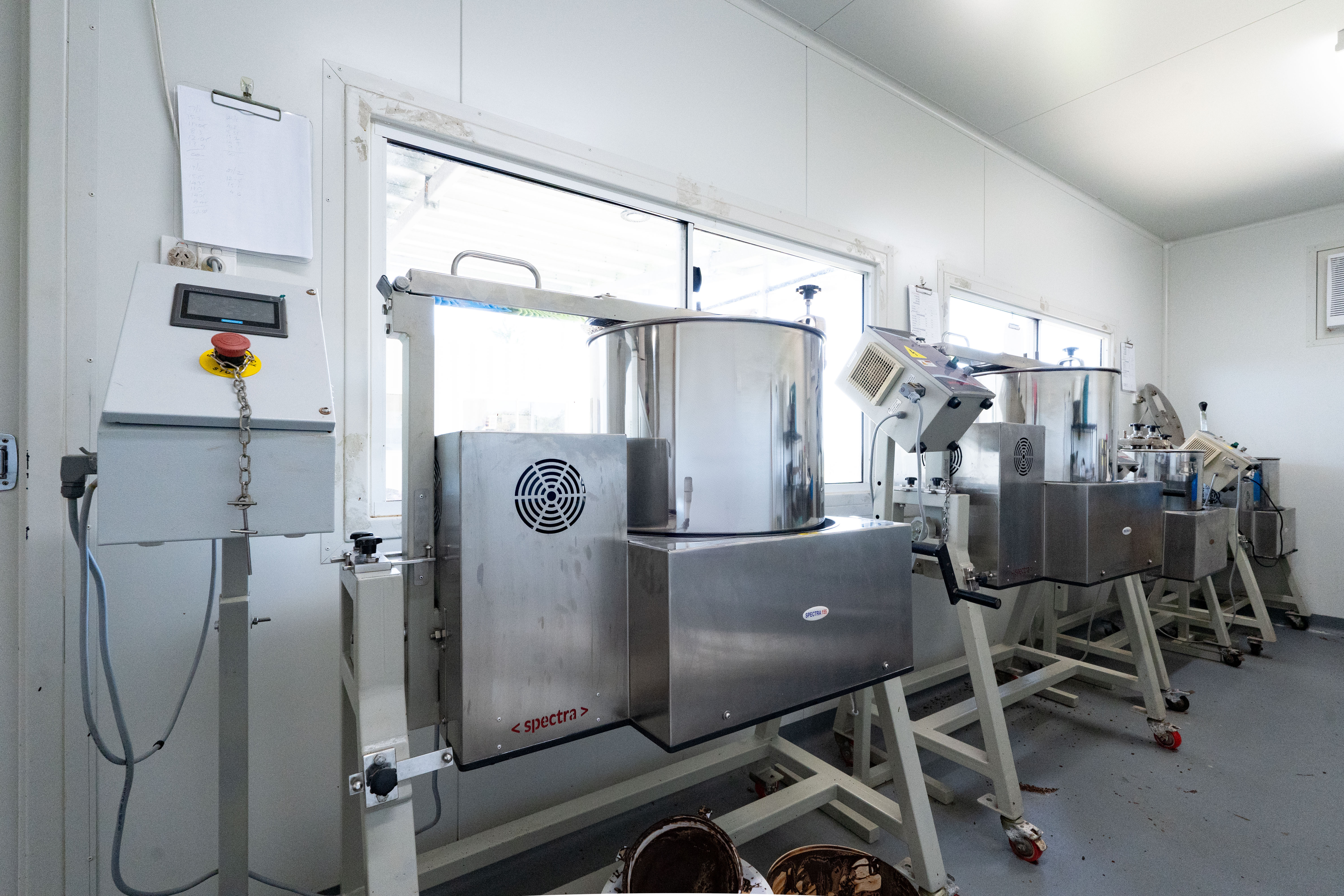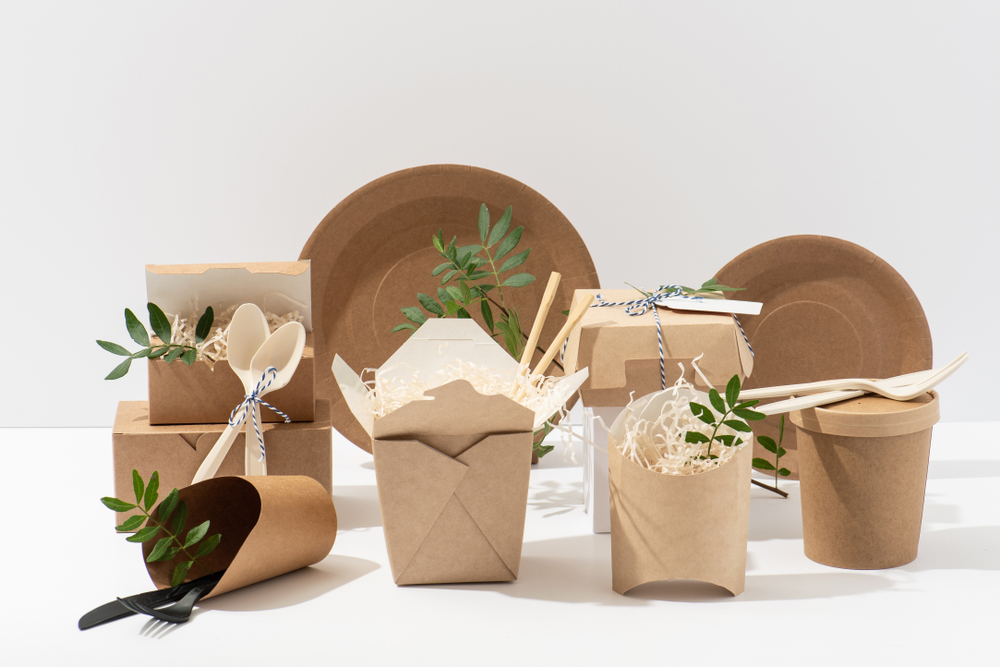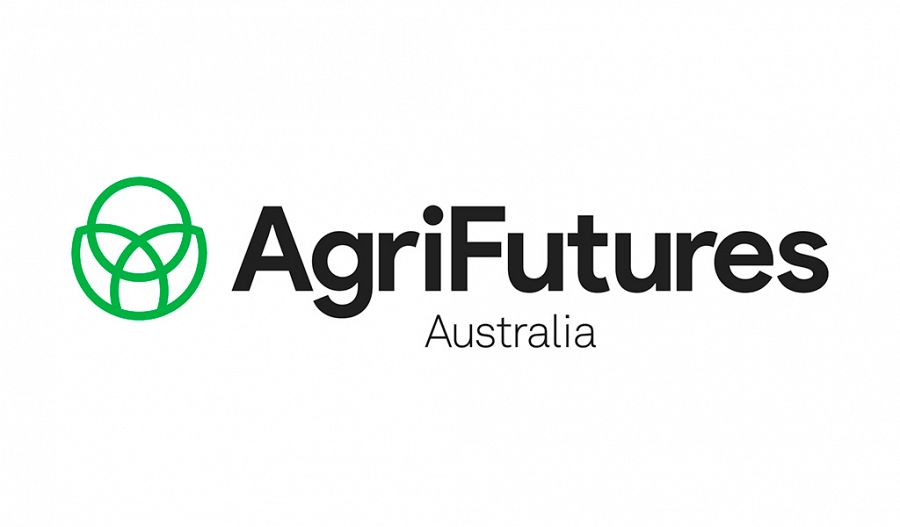Research

The internet is alive with articles about the health benefits of cocoa. Some are more believable than others. A recent article from Cocoa Runners looked at ‘Sugar and chocolate–a continuing debate’.
Most breakfast cereals contain more sugar than dark craft chocolate bars. Even a single serving size of low fat vanilla yogurt can have over five teaspoons of sugar (the sugar is used to replace the fat and so stabilise, preserve and give mouthfeel). By contrast an average craft dark chocolate bar (65g at 70%) has less than four teaspoons of sugar.
A 330ml can of Coca Cola contains eight teaspoons of sugar (ie 35g of sugar). A 65g craft chocolate bar of 70% dark craft chocolate typically contains half of that sugar. Most craft chocolate consumers share and savour the bar of chocolate over a few evenings. So a more useful question is how many teaspoons per serving?
There are many serious scientific publications about chocolate consistent with chocolate being a significant market with $140B revenues in 2018.
The Science of Chocolate by Stephen T Beckett explains the chocolate making process, including the ways in which basic science plays a vital role in its manufacture, testing and consumption. Originally based on a talk to encourage school children to study science, the book’s now widely used within industry and academia.
Chocolate Science and Technology considers recent advances in the science and technology of chocolate manufacture and the international cocoa industry. The publication covers cocoa production, cocoa and chocolate manufacturing operations, sensory perception of chocolate quality, flavour release and perception, sugar replacement and alternative sweeteners, sugar free chocolates as well as the nutritional and health benefits of cocoa and chocolate consumption.

Cocoa beans drying at Karkar Island Papua Guinea plantation
Charley's has a big interest in using sustainable packaging, so we keep up to date with developments. There are continuing announcements in this hot topic area.Cadbury is trialing new paper packaging for its Cadbury Energy blocks. The paper is made from 100 per cent sustainably sourced paper and is 100 per cent recyclable.
The Thinkstep blog highlights sustainable packaging trends including design for recycling and reuse, replacing plastics with bioplastics and paper, reducing/removing packaging, shifting to mono materials and increasing recycled content. Its key messages are reducing the material and energy to produce the recyclable product, designing for recycling does not mean it will be recycled, recycling infrastructure lags demand and recyclers need to be regulated/incentivised to improve quality and customer education.
Mars Incorporated considers key themes in packaging sustainability. Sustainable packaging involves three areas of Materials / Design, Recycling Infrastructure and Consumer Behaviour. Good packaging plays protects ingredients, preserves freshness, conveys nutritional information and differentiates brands. However, packaging may not be recyclable or be recycled and can end up in landfills or as litter or in oceans.


Cost of cocoa production in Australia is appreciably more than in low cost countries in West Africa where 70 per cent of cocoa is grown. Research is therefore integral to achieve high yield, quality cocoa production.
Australia’s cocoa industry is new. The first planting occurred in 1998 when Rural Industries Research and Development Corporation (now AgriFutures) funded a project to determine whether cocoa could be grown in Australia. The answer was yes!
The Queensland Department of Agriculture and Fisheries Centre for Wet Tropics Agriculture at South Johnstone in far north Queensland (FNQ) is doing further research concentrating on production trials to maximise yield (clonal selections and trellising) and clonal selection to develop planting for FNQ. It covers the following themes:
*Research into breeding better cocoa trees - This is about bean yield and flavour and balancing yield against flavour and disease resistance;
*Managing cocoa plant diseases better including epidemiology, control and breeding resistance. This is essential for most cocoa producing regions, where low management and low inputs (fertiliser and pesticides) might expose cocoa to diseases;
*Research into mixed planting of cocoa and horticulture/forestry species;
*Cocoa quality including a better understanding of fermentation and drying;
*Bean quality and safety research;.
*Higher production by testing new selections under commercial conditions;
*Production systems, eg trellis and/or free-standing trees, pruning management; and
*Industry extension and training, involving revamping cocoa production guides, grafting training, production workshops and industry meetings;
Cocoa Runners
Mars Incorporated
Flora Southey, ‘Mars patents heat resistant chocolate that maintains taste and shape in hot climates’, Food Navigator, 30 April 2020
Laura Woods, ‘Research and Markets’, PR Newswire, US, June 2019
Stephen T Beckett, ‘The Science of Chocolate’, Royal Society of Chemistry, UK, 15 November 2018
Peter Faulkner, ‘Overview of Cocoa Industry’, Conus, Australia, September 2018
Joseph Nordqvist, ‘Health benefits and risks of chocolate’, Medical News Today, UK, 17 July 2018
Kris Gunnars, ‘7 Proven Health Benefits of Dark Chocolate’, Healthline Media, UK, 25 June 2018
Emmanuel Ohene Afoakwa, ‘Chocolate Science and Technology’, Wiley, US, 8 April 2016
Siegfried Bolenz, 'Chocolate mass–an overview on current and alternative processing technologies’, New Food Magazine, UK, 27 October 2014
Sophie Kieselbach, ‘The Top 9 Sustainable Packaging Trends in 2019, Thinkstep, US
